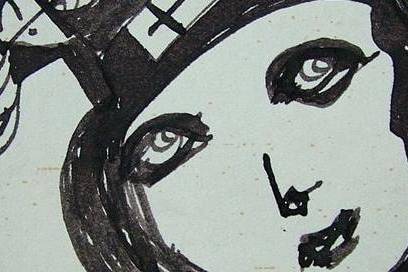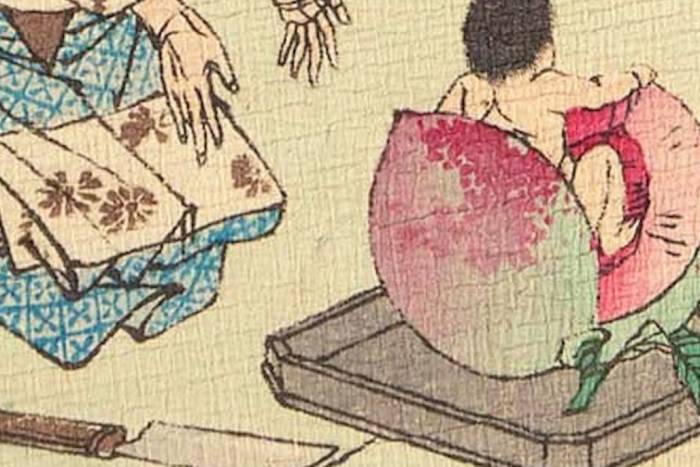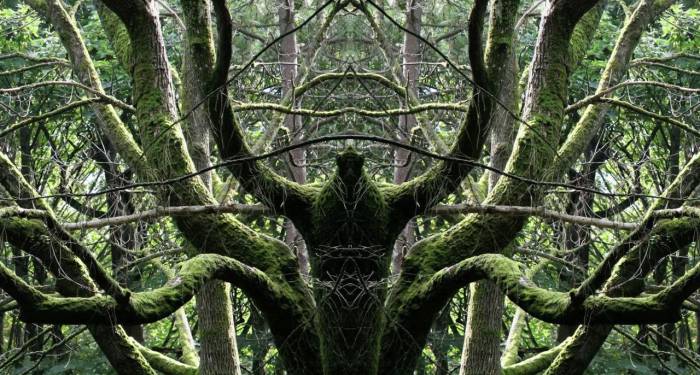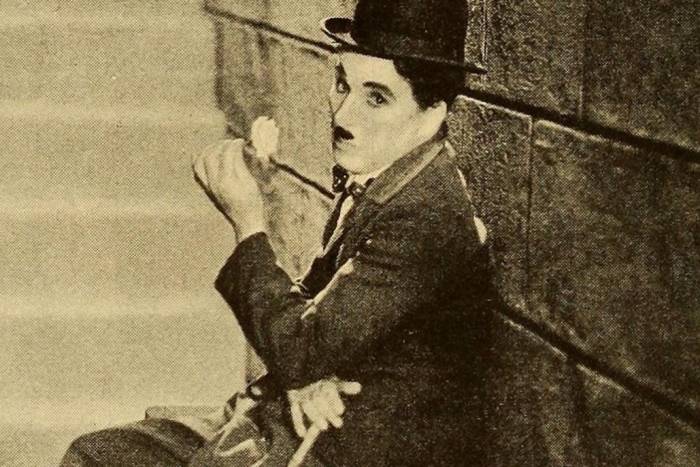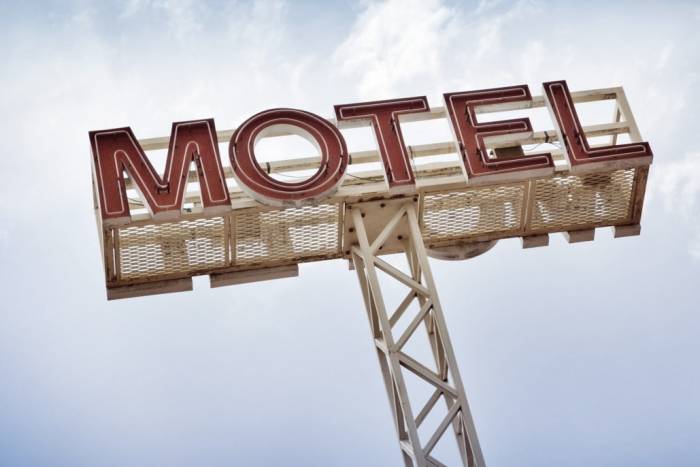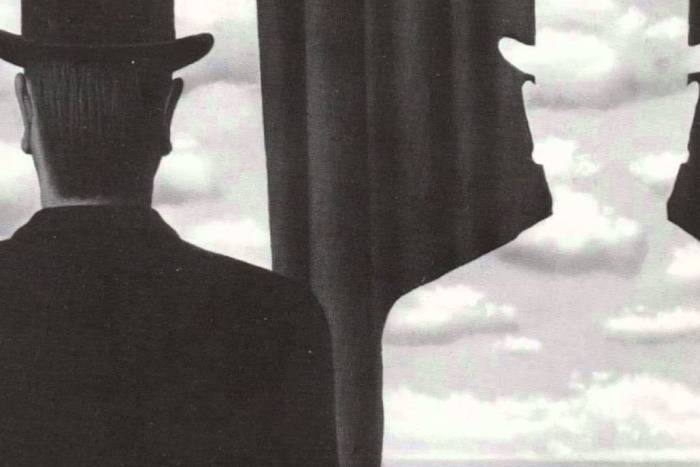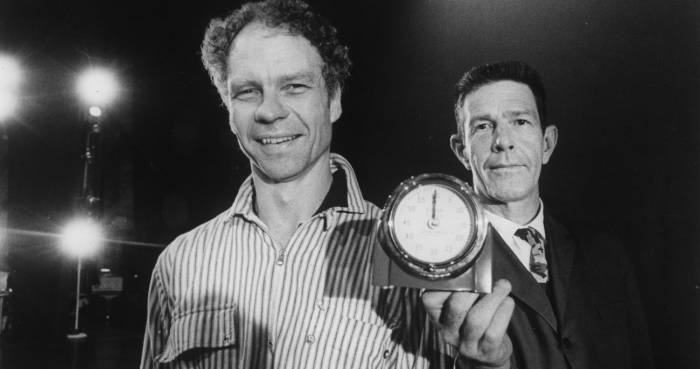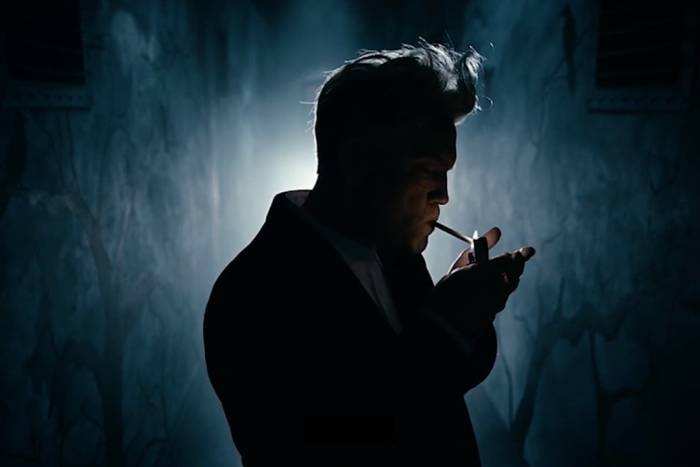The Story of the Bonsai that Survived Hiroshima
A 390-year-old white pine bonsai tells the most beautiful story a veteran can tell.
Exactly 15 minutes after 8 in the morning of August 6, 1945, at the moment the atomic bomb glazed on Hiroshima, the master of bonsai Masaru Yamaki was in his glass greenhouse. Shards of glass cut his face, more than 100,000 people died around him, but he and his family, who lived a few kilometers from the site, survived. Or rather, he, his family and an ancient white pine bonsai.
That bonsai was already more than 300 years old before HIroshima, and had been passed down from generation to generation in the Yamaki family––It was already an unlikely survivor and witness of world history. During 25 years it stood quietly among the rest of the bonsai collection of the Penjing Museum in Washington D.C., with its bright green leaves and a trunk measuring more than 18” wide. When in 1976 Yamaki donated it to the museum as part of the collection passed on by the Japanese Association to the arboretum, the only thing that was really known was that the tree was 390 years old and that the donor had looked after it.
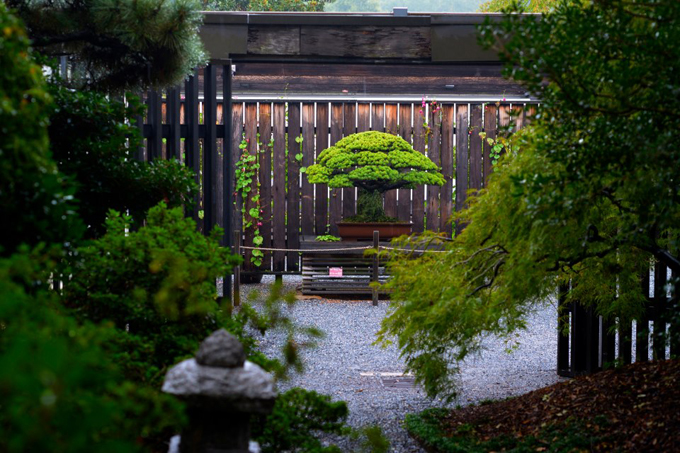
The secret was kept until 2001, when two of Yamaki’s grandchildren visited in the museum in search of a bonsai of which they had heard about their whole lives. They met with the museum curator and told him the story. Since then, the miniature pine has been called “the tree of peace,” and is considered a symbol of the friendly relationship that emerged between the two countries during the years following the Second World War.
Much is said about the patience of bonsai masters, who have to perform meticulous care on trees and wait years to see the designs manifest, but seldom one hears about the patience of the bonsai itself. We don’t know how many things the “Yamaki Pine” witnessed besides the first atomic bomb in history, but we know it is clearly a product of a strength and patience that we can’t even glimpse at as human beings.
Hiroshima removed so many imaginations, left so much emptiness, so many unfinished and silenced stories that once the Yamaki pine indirectly told its story, it became a compensation. There are many ways to tell a story, there are many tiny stories within History ––among them one about an ancient yet little tree that survived submission to man and war and was later a gift of peace for the enemies.
Related Articles
Pictorial spiritism (a woman's drawings guided by a spirit)
There are numerous examples in the history of self-taught artists which suggest an interrogation of that which we take for granted within the universe of art. Such was the case with figures like
Astounding fairytale illustrations from Japan
Fairy tales tribal stories— are more than childish tales. Such fictions, the characters of which inhabit our earliest memories, aren’t just literary works with an aesthetic and pleasant purpose. They
A cinematic poem and an ode to water: its rhythms, shapes and textures
Here lies One Whose Name was writ in Water. - John Keats Without water the equation of life, at least life as we know it, would be impossible. A growing hypothesis holds that water, including the
Watch beauty unfold through science in this "ode to a flower" (video)
The study of the microscopic is one of the richest, most aesthetic methods of understanding the world. Lucky is the scientist who, upon seeing something beautiful, is able to see all of the tiny
To invent those we love or to see them as they are? Love in two of the movies' favorite scenes
So much has been said already, of “love” that it’s difficult to add anything, much less something new. It’s possible, though, perhaps because even if you try to pass through the sieve of all our
This app allows you to find and preserve ancient typographies
Most people, even those who are far removed from the world of design, are familiar with some type of typography and its ability to transform any text, help out dyslexics or stretch an eight page paper
The secrets of the mind-body connection
For decades medical research has recognized the existence of the placebo effect — in which the assumption that a medication will help produces actual physical improvements. In addition to this, a
The sea as infinite laboratory
Much of our thinking on the shape of the world and the universe derives from the way scientists and artists have approached these topics over time. Our fascination with the mysteries of the
Sharing and collaborating - natural movements of the creative being
We might sometimes think that artistic or creative activity is, in essence, individualistic. The Genesis of Judeo-Christian tradition portrays a God whose decision to create the world is as vehement
John Malkovich becomes David Lynch (and other characters)
John Malkovich and David Lynch are, respectively, the actor and film director who’ve implicitly or explicitly addressed the issues of identity and its porous barriers through numerous projects. Now

